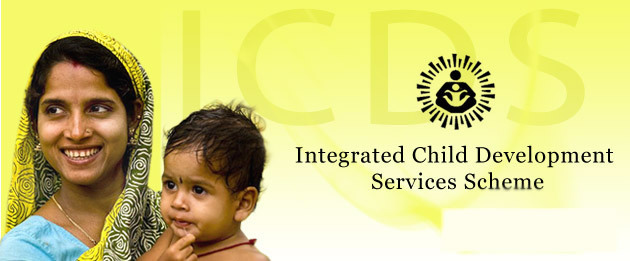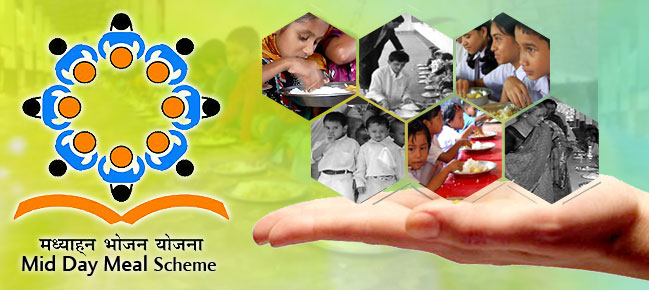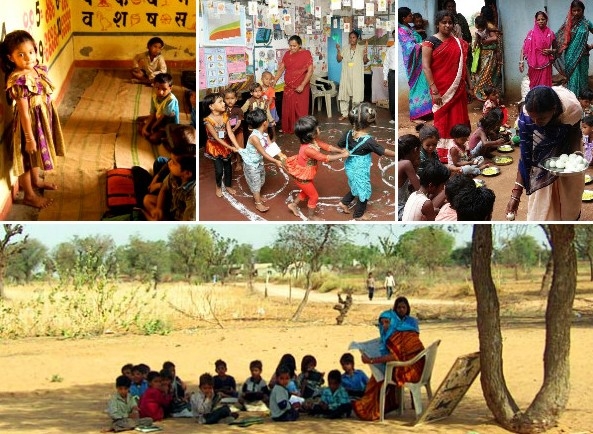What are Magnetars?
A magnetar is a type of neutron star, a strange object with an incredibly powerful magnetic field that powers the emission of highly energetic X-rays and gamma rays. Neutron stars are formed when the largest stars in the universe reach the end of their lives. When these stars run out of fuel, their core collapses causing outer layers to come crashing in towards the centre.
As stars are so large the crushing forces created can be phenomenal. These pressures can squash the core of the star together and because of this, a neutron star – and hence a magnetar – is made of some of the densest material in the known universe. In fact, their material is so dense that one teaspoon of it contains the same amount of mass as 900 Egyptian pyramids.
.....................................................
Arundhati Bhattacharya, Chanda Kochhar among most powerful women outside US
SBI chairperson Arundhati Bhattacharya is ranked second, ICICI Bank chief Chanda Kochhar is fifth while Axis Bank CEO Shikha Sharma is 19th on the Fortune list
India’s top women bankers, State Bank of India chief Arundhati Bhattacharya, ICICI Bank head Chanda Kochhar and Axis Bank CEO Shikha Sharma, are among the 50 most powerful women based outside the US, according to a list by Fortune which is topped by Banco Santander’s boss Ana Botín.
India’s top women bankers, State Bank of India chief Arundhati Bhattacharya, ICICI Bank head Chanda Kochhar and Axis Bank CEO Shikha Sharma, are among the 50 most powerful women based outside the US, according to a list by Fortune which is topped by Banco Santander’s boss Ana Botín.
Bhattacharya, 60, is ranked second on the list, while Kochhar comes in on the fifth spot and Sharma on the 19th position in the Fortune’s ‘50 Most Powerful Women International’ list, which has ranked the women based outside the US.
Botín, group executive chairman of Banco Santander, Eurozone’s largest bank by market value, repeats as No. 1, in a time of economic and political volatility for all. The 2016 list spans 19 countries.
“Bhattacharya’s profile has risen during her three-year tenure atop India’s largest bank,” Fortune said.
SBI chairperson Bhattacharya, who was widely speculated to succeed Raghuram Rajan as governor of the Reserve Bank of India, has continued her high-profile battle with the bank’s bad loans, while courting overseas partners to invest in the stressed assets. In May, she also orchestrated SBI’s merger with six other groups, a plan that, once complete, will result in one of largest lenders in Asia.
“Though her term leading the bank is set to expire in October, most expect the government will extend her time so she can see the efforts through,” Fortune said.
ICICI Bank managing director and CEO, Kochhar, 54, is regarded even by rival bankers as a “visionary”, Fortune said. “After seven years at the helm of India’s largest private sector lender, with consolidated assets of $139 billion, she has overhauled the nation’s consumer retail business.
“Though bad loans took a toll on income growth this year, Kochhar has engaged turnaround experts to help ditch those distressed assets,” Fortune said, highlighting her efforts to boost the bank’s digital growth and enable female employees to work from home for a year.
Sharma, 57, has grown Axis from an underrepresented bank to the nation’s fastest growing private sector lender, with revenue up 15% to $7.9 billion in 2015 and nearly 3000 branches across 1,800 cities and towns, Fortune said.
“First quarter profit this year was hurt by a spike in bad loans, but Sharma deserves accolades for publicising a ‘watch list’ she created to monitor four per cent of the bank’s potentially-troubled assets,” it said. Last week, PepsiCo CEO Indra Nooyi was ranked second and was the only woman of Indian-origin in Fortune’s list of the 50 most powerful women in the US, a compilation topped by General Motors CEO Mary Barra.
The international power list also includes Singapore Telecommunications Group CEO Chua Sock Koong on the 4th spot, Walgreens Boots Alliance Co-COO Ornella Barra (10), chairwoman and co-founder of Chinese real estate developer Longfor Wu Yajun (26), CEO and President, GE China, Rachel Duan (35), Huawei Technologies chairman Sun Yafang (38), president, International Markets, MasterCard Ann Cairns (44) and Coca-Cola Amatil group managing director Alison Watkins (47).
.....................................................
Cabinet approves extension of contract between India and the International Seabed Authority for exploration of Polymetallic Nodules
The Union Cabinet, chaired by the Prime Minister Shri Narendra Modi, has approved the extension of contract between Ministry of Earth Sciences, Government of India and the International Seabed Authority (ISA) for exploration of Polymetallic Nodules for a further period of 5 years (2017-22). The earlier contract is expiring on 24th March 2017.
By extending the contract, India's exclusive rights for exploration of Polymetallic Nodules in the allotted Area in the Central Indian Ocean Basin will continue and would open up new opportunities for resources of commercial and strategic value in area beyond national jurisdiction. Further, it would provide strategic importance for India in terms of enhanced presence in Indian Ocean where other international: players are also active.
Background:
Polymetallic nodules (also known as manganese nodules) are potato-shaped, largely porous nodules found in abundance carpeting the sea floor of world oceans in deep sea. Besides manganese and iron, they contain nickel, copper, cobalt, lead, molybdenum, cadmium, vanadium, titanium, of which nickel, cobalt and copper are considered to be of economic and strategic importance. India signed a 15 year contract for exploration of Polymetallic Nodules (PMN) in Central Indian Ocean Basin with the International Seabed Authority (ISA) (an Institution set up under the Convention on Law of the Sea to which India is a Party) on 25th March, 2002 with the approval of Cabinet. India is presently having an area of 75,000 sq.km., located about 2000 km away from her southern tip for exploration of PMN.
Ministry of Earth Sciences is carrying out Survey & Exploration, Environmental Impact Assessment, Technology Development (Mining and Extractive Metallurgy) under polymetallic nodules program through various national institutes viz. National Institute of Oceanography (NIO), Institute of Minerals and Materials Technology (IMMT), National Metallurgical Laboratory (NML), National Centre for Antarctica and Ocean Research (NCAOR), National Institute of Ocean Technology (NIOT) etc., in accordance with the Contract provisions. India is fulfilling all the obligations of the contract.







